- عنوان: the cosmic spacetime
- نویسنده: Fulvio Melia
- حوزه: نجوم
- سال انتشار: 2021
- تعداد صفحه: 421
- زبان اصلی انگلیسی
- نوع فایل: pdf
- حجم فایل: 25.8 مگابایت
بزرگ یا کوچک، جوان یا پیر، همه ما از شکوه جهان خود شگفت زده می شویم. ما از گستردگی غیرقابل درک آن شگفت زده شده ایم و از راز تولد آن عذاب می کشیم. به یک معنا، اجداد ما از آغاز تاریخ مکتوب، احتمالاً حتی قبل از آن، کیهان شناس بوده اند. هر تمدن بعدی چارچوب خاص خود را برای درک جایگاه ما در کیهان ایجاد می کند، خواه درونی، متعالی یا فیزیکی باشد. ارتباط ما با طبیعت در همان پایه و اساس خود، زمانی که ایدهها و اکتشافات جدید مفاهیم شکستهشده را از بین میبرند و جایگزینهای آنها را میسازند، پیچ و خم میشود. با این حال، بدون شک، بزرگترین انقلاب در این موضوع الهام گرفته از توسعه نظریه نسبیت عام بود. در واقع، بسیاری پایههای کیهانشناسی مدرن را در سال 1917 دنبال میکنند، زمانی که خود انیشتین توصیف خود را از فضا در هم آمیخته با زمان در محیط کیهانی اعمال کرد، اندکی پس از اتمام کار برجستهاش با ریاضیدانان برجسته دیوید هیلبرت و امی نوتر. همانطور که مشخص شد، ایده های اولیه انیشتین در مورد این موضوع نادرست بود، اما پیشنهاد او پایه مهمی برای تفکر بعدی ایجاد کرد. گامهایی که ما را از آن آغاز ناخوشایند به جایی که امروز هستیم رسانده است، یکی از برجستهترین داستانهای کل علم را روایت میکند. و کتابهای زیادی در قرن گذشته برای شرح مراحل مختلف این پیشرفت نوشته شدهاند، بهویژه در دهههای اخیر که به نظر میرسد مجموعهای از اکتشافات مشاهدهای جدید تهدید میکند که درک نظری عقب مانده ما را تحت تأثیر قرار دهد. اما به ندرت هیچ یک از این آثار بر روی ستون فقرات کیهان شناسی مدرن – فضازمان کیهانی – متمرکز شده است. همانطور که در این کتاب مستند خواهیم کرد، شواهدی که امروز در اختیار داریم ما را وادار می کند که صرفاً از متریک فریدمن-لمائیتر-رابرتسون-واکر (FLRW) -یکی از معروف ترین راه حل های معادلات انیشتین- دست برداریم و در عوض کاوشگری عمیق تری را در ماهیت فضازمان در بزرگ ترین مقیاس آغاز کنیم.
Big or small, young or old, we all marvel at the splendor of our Universe. We are struck by its unfathomable extent and agonize over the mystery of its birth. In a sense, our ancestors have been cosmologists from the beginning of written history, probably even earlier. Each succeeding civilization forges its own framework for understanding our place in the cosmos, whether it be immanent, transcendent, or physicalist. At its very foundation, our communion with nature meanders back and forth as new ideas and discoveries rescind broken concepts and sculpt their replacements. Without doubt, however, the greatest revolution in this subject was inspired by the development of the general theory of relativity. Indeed, many trace the foundation of modern cosmology to the year 1917, when Einstein himself applied his description of space interlaced with time to the cosmic setting, shortly after completing his landmark work with the notable mathematicians David Hilbert and Emmy Noether. As it turned out, Einstein’s initial ideas on this topic were incorrect, but his proposal established an important foundation for later thinking. The steps that have brought us from that inauspicious beginning to where we are today tell one of the most remarkable stories in all of science. And many books have been written in the past century to chronicle various stages in this development, especially in recent decades when a cascade of new observational discoveries seemingly threatens to overwhelm our lagging theoretical understanding. But rarely has any of these works focused on the very backbone of modern cosmology—the cosmic spacetime. As we shall document in this book, the evidence we have today compels us to cease merely using the Friedmann-Lemaˆitre-Robertson-Walker (FLRW) metric—one of the most famous solutions to Einstein’s equations—and instead initiate a deeper probe into the nature of spacetime on the grandest scale.
این کتاب را میتوانید بصورت رایگان از لینک زیر دانلود نمایید.
Download: the cosmic spacetime





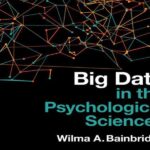




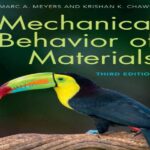
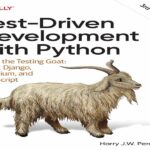

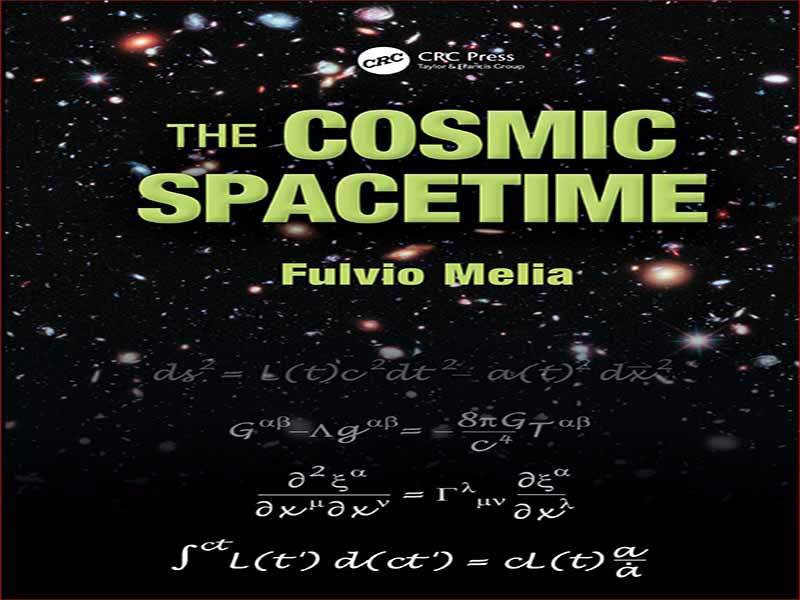





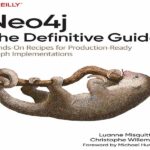

















نظرات کاربران